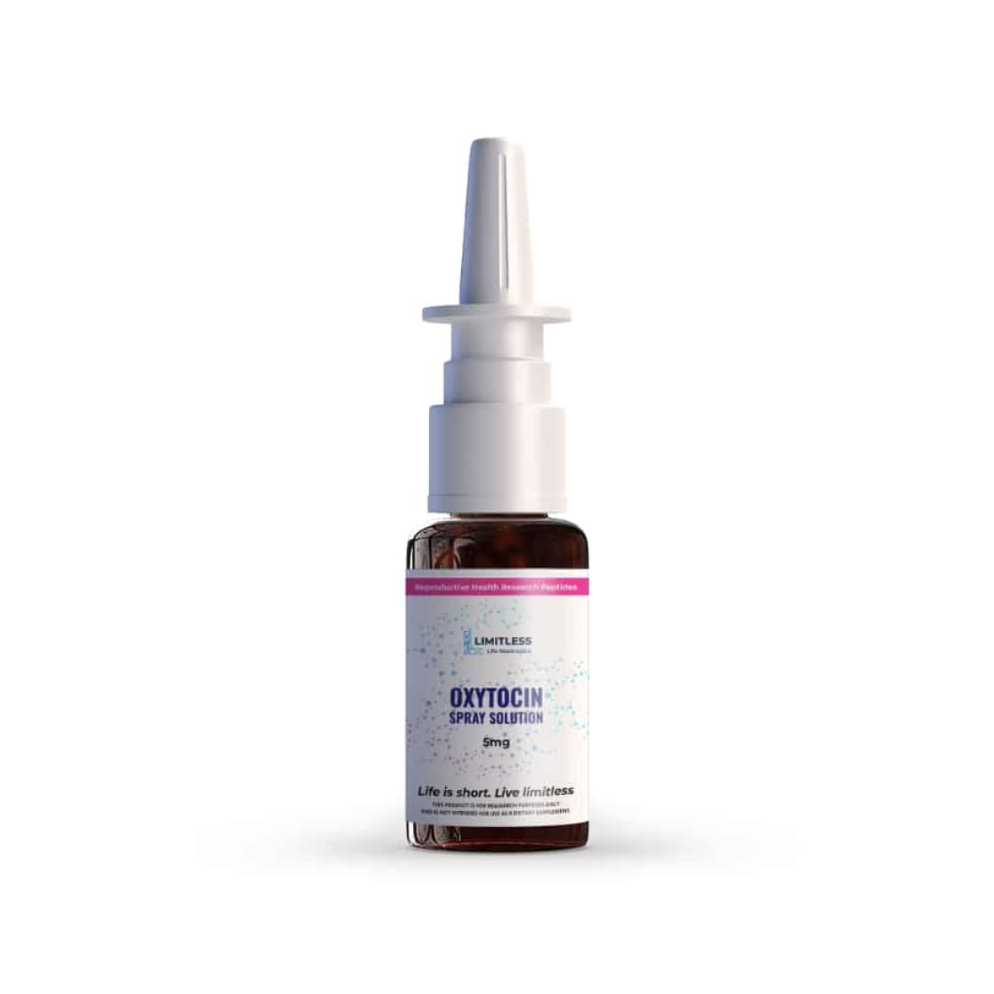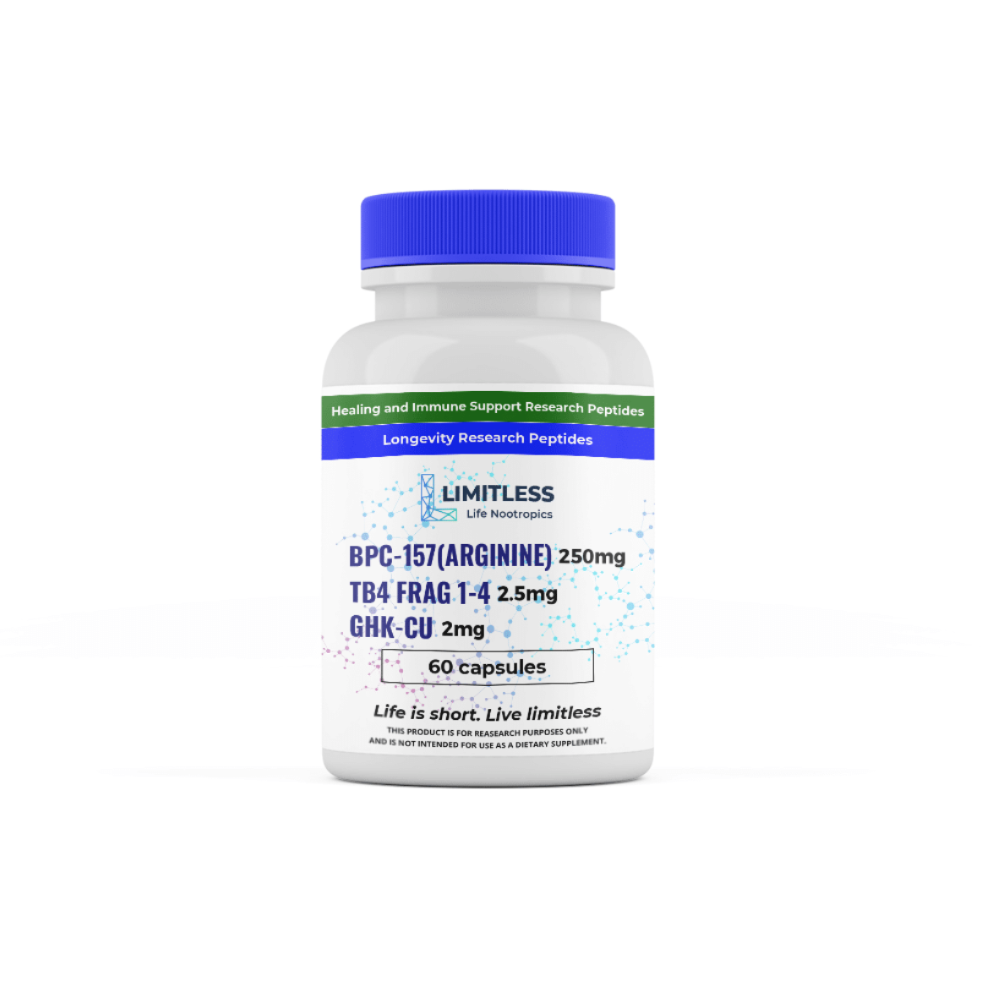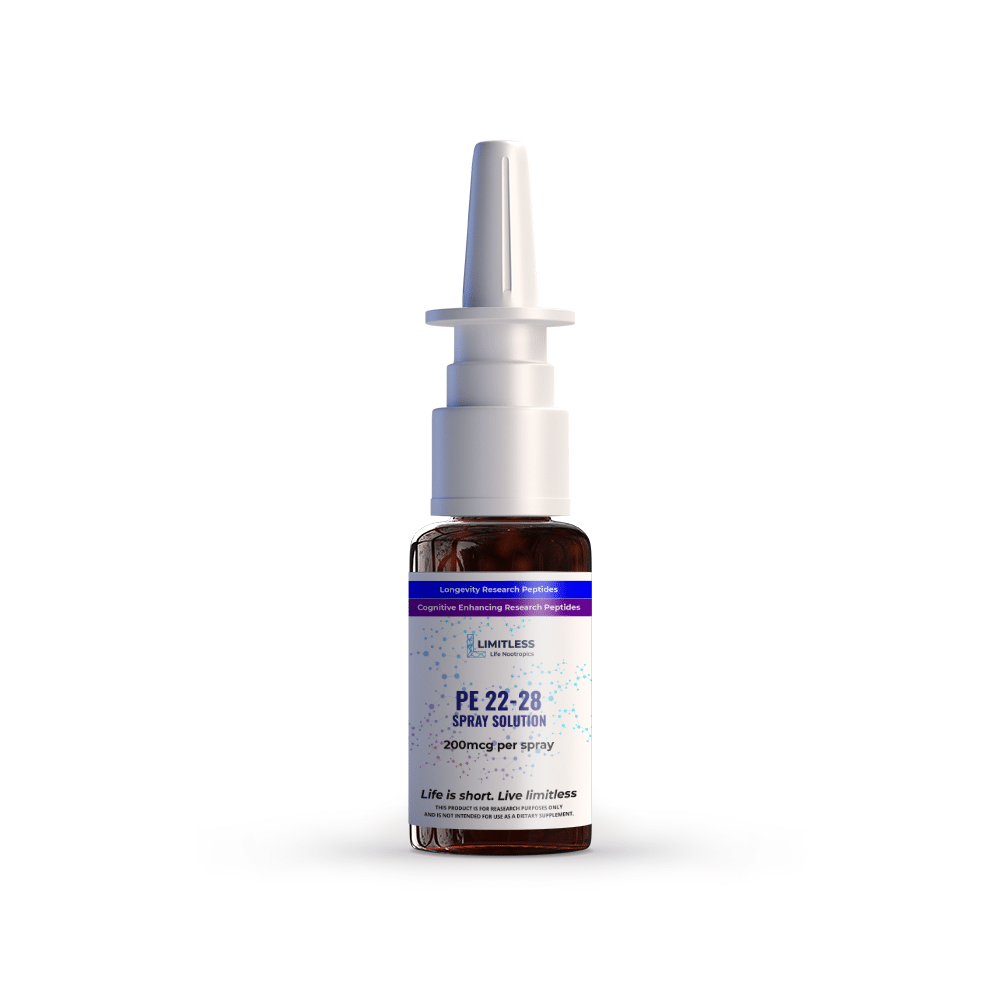Description
Oxytocin Peptide Information
Molecular formula: C43H66N12O12S2
Molecular weight: 1007.2 g/mol
PubChem CID: 439302
Synonyms
Oxytocin
50-56-6
Pitocin
Endopituitrina
Ocytocin
Research Applications
- Cardiovascular health
- Metabolic regulation
- Sexual and reproductive function
What is Oxytocin?
Oxytocin is a naturally occurring peptide hormone that consists of nine amino acids. It is primarily produced in the hypothalamus and stored in the posterior pituitary gland, where it is later released into the bloodstream. While best known for its role in childbirth and lactation, oxytocin also influences emotional processing, stress regulation, and various physiological functions. Additionally, it is synthesized in reproductive tissues such as the ovaries and testes, indicating a broader biological role.
How Does Oxytocin Work?
Oxytocin interacts with oxytocin receptors, which are widely distributed throughout the brain and body. These receptors belong to the G-protein coupled receptor family and play a role in regulating neurotransmitter release, cellular signaling, and physiological responses.
Within the central nervous system, oxytocin contributes to emotional bonding, social interactions, and cognitive processes. In peripheral tissues, it affects cardiovascular health, metabolism, and the autonomic nervous system, influencing heart rate and vascular function.
Oxytocin and Cardiovascular Protection
Scientific studies suggest that oxytocin may have cardioprotective effects by reducing myocardial infarction (heart attack) severity, lowering the risk of arrhythmias, and enhancing overall heart function under stress-related conditions like ischemia (restricted blood flow to the heart).
Oxytocin influences autonomic nervous system activity, promoting parasympathetic activation—the body’s “rest and digest” response—while reducing the dominance of the sympathetic “fight or flight” system. This shift can help stabilize cardiovascular function.
Additionally, oxytocin plays a role in blood vessel health by promoting vasodilation (the widening of blood vessels), improving endothelial function, and reducing arterial pressure. Its anti-inflammatory properties may also contribute to a lower risk of atherosclerosis and other cardiovascular diseases.
Oxytocin and Metabolic Health
Research on oxytocin’s metabolic effects suggests that it may assist in regulating weight and insulin function. Studies in diet-induced obese mice have shown that oxytocin treatment may enhance fat metabolism, support weight reduction, and improve glucose balance.
Oxytocin also plays a role in insulin secretion, potentially aiding glucose uptake and reducing metabolic dysfunctions associated with obesity and diabetes. These findings highlight its potential influence on energy homeostasis and metabolic disorders.
Oxytocin and Sexual and Reproductive Function
Oxytocin plays a significant role in reproductive health and sexual behavior. It facilitates sexual responses in both men and women by interacting with neural pathways involved in arousal and pair bonding.
In males, oxytocin influences penile reflexes and ejaculation by acting on neurons within the spinal cord. It is also found in the testes, where it may contribute to sperm function, motility, and reproductive efficiency. While more research is needed, preliminary studies suggest oxytocin may have a regulatory role in male fertility.
In addition to its physiological effects, oxytocin has been linked to emotional connection and stress relief, which may indirectly support sexual well-being. Intranasal oxytocin sprays are currently being explored as a potential therapy for sexual dysfunction, although clinical findings remain inconclusive.
Legal Disclaimer
This product is intended for research purposes only and is not approved for dietary or medical use. Please review our terms and conditions before purchasing.
Safety Information
Keep this product out of the reach of children. Research on oxytocin remains limited, and improper handling may lead to unintended effects. This peptide is not a dietary supplement and is sold exclusively as a raw research material.
We ensure the purity and quality of all materials provided, but we are not responsible for improper usage.
All product descriptions and information on this website are intended solely for educational and research purposes. This product has not been evaluated by the FDA and is not meant to diagnose, treat, prevent, or cure any disease.




